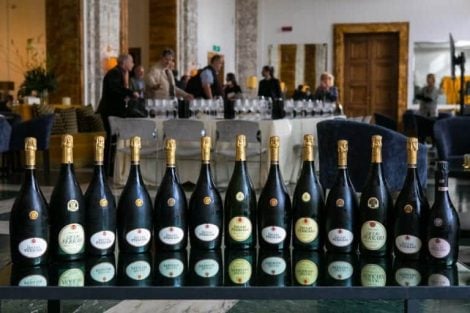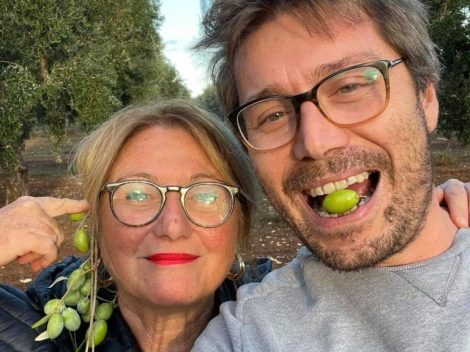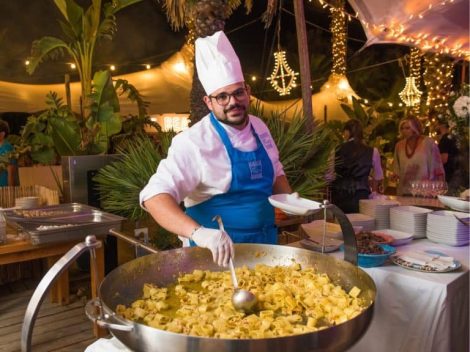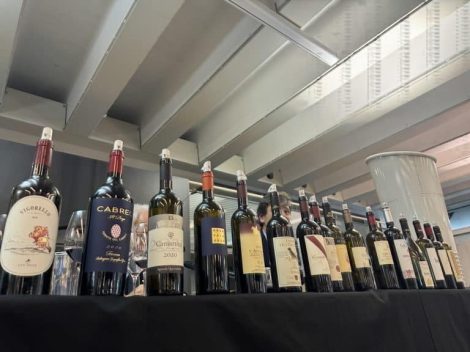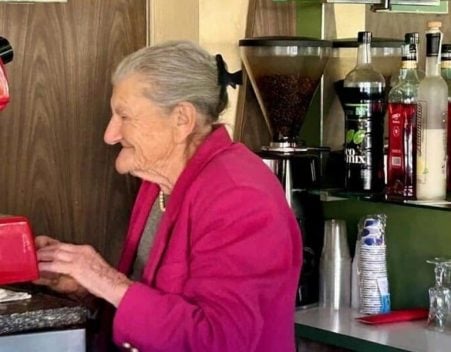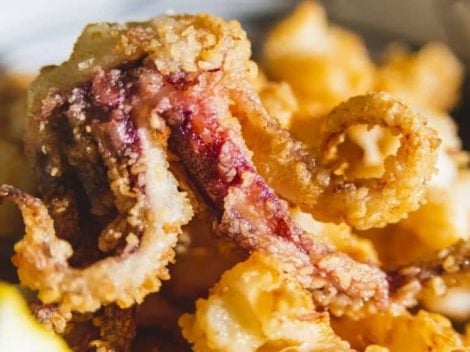“Only in Naples they know how to make it.” The Neapolitan city is like this: a concentrated mix of folklore, rituals, superstitions, and popular sayings that can bring a smile even to the most skeptical. When you go to a coffee bar, you need the proverbial “moustache” of coffee on the edge of the cup to “cool it down.” There's no logic; it's blind faith: it's Naples, folks, take it or leave it. Don't get me wrong, the myth that has been created around the coffee in Naples, the ritual of having espresso at the bar, is amusing, but as far as coffee culture, it’s a different story.
In the 'tazzulella,' the dialectal coffee cup, the coffee is burnt
Boiling, strong, unfortunately burnt: behind the beautiful charm of tradition hides a bitter truth, just like the beverage itself, which in most cases is made from low-quality Robusta beans. Naples is the most fitting example to tell the story of coffee in Italy, a country that has turned its historical memory of espresso – the first espresso machine was patented by Angelo Moriondo in 1884 in Turin – into a weakness rather than a strength. A custom that has represented an obstacle to innovation in the industry, a revolution that has already taken place in the rest of Europe and the world over a decade ago. High-quality specialty coffee, sustainable practices, alternative filter extractions, a less hurried service, and well-trained, attentive staff: that's the scenario we would like, but in many cases, it's a struggle even to find a “simple” well-made espresso.
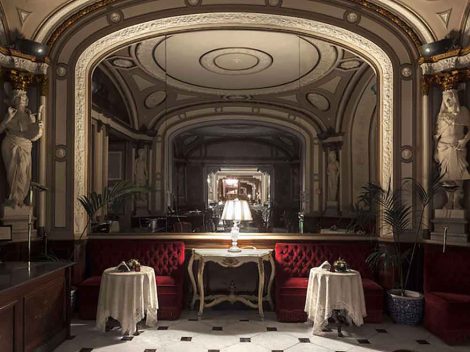
It doesn't even live up to the Gambrinus myth
Unfortunately, in Naples, the average quality of bars is not a reason for pride (not even in other places, which, unlike the capital of Campania, at least haven't created a legend around 'o cafè). Just think of the Gran Caffè Gambrinus, a historic venue that in the past gathered the city's intellectual elite and still lives on undeserved fame: the one on Piazza Trieste e Trento (with a branch on Via Chiaia) is, in fact, the most sensational case of mythification.
Not so inexplicable, though: the elegant furnishings, the timeless atmosphere, the smart uniforms of the waiters who explain how to cool down the drink more quickly – served in scorching cups, turned upside down on the espresso machine, with the assurance of a burn – all contribute to the bar's appeal. It might be the water, as many say, perhaps even the air... people say all sorts of things about Neapolitan espresso, except the truth, which is that it's on average mediocre, if not bad.
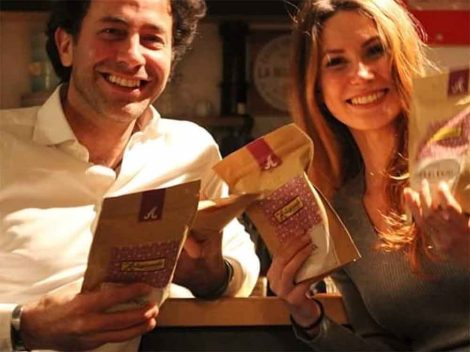
There are exceptions, but they are few
Exceptions do exist, starting with Ventimetriquadri, a specialty coffee shop opened by Vincenzo Fioretto in 2017 (and there are others too), but they are too few for a city so vast, so important, so beautiful. The city that invented one of the most romantic rituals ever, one that could only come to life from such a generous people. “Caffè sospeso”, a cup of coffee paid for by one customer for a stranger, ready to be offered to someone who can't afford it (here you can find regional variations). A habit born in a time of war, during a period of immense hardship, also mentioned by Luciano De Crescenzo: “When a Neapolitan is happy for some reason, instead of buying just one coffee, the one he would drink, he buys two, one for himself and one for the customer who comes after. It's like offering a coffee to the rest of the world.” Can you imagine a kinder gesture? But imagine how much nicer it would be if the offered cup was also good.

 In Milan, the largest fashion street celebrates rosé wines with Rose Rosè
In Milan, the largest fashion street celebrates rosé wines with Rose Rosè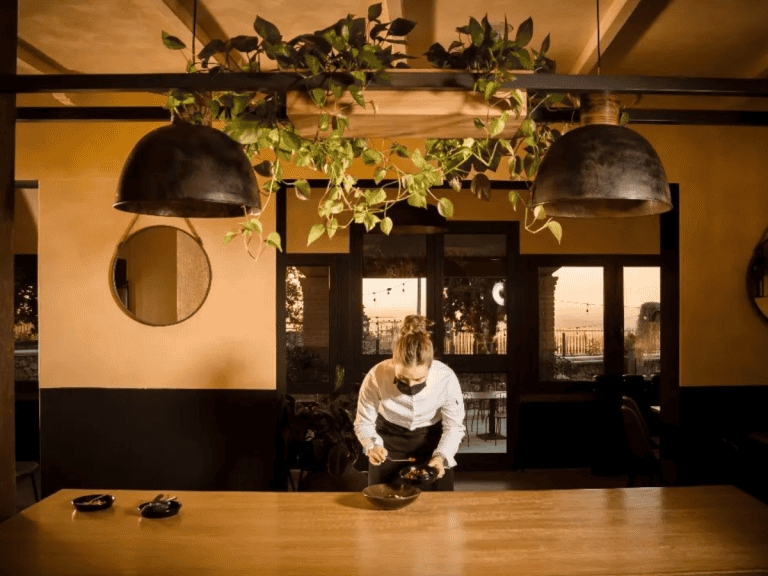 Smiles, creativity, and some youthful mistakes. How dining at Portale 21 in Marino, the bet won by Valentina Pacifici, looks like
Smiles, creativity, and some youthful mistakes. How dining at Portale 21 in Marino, the bet won by Valentina Pacifici, looks like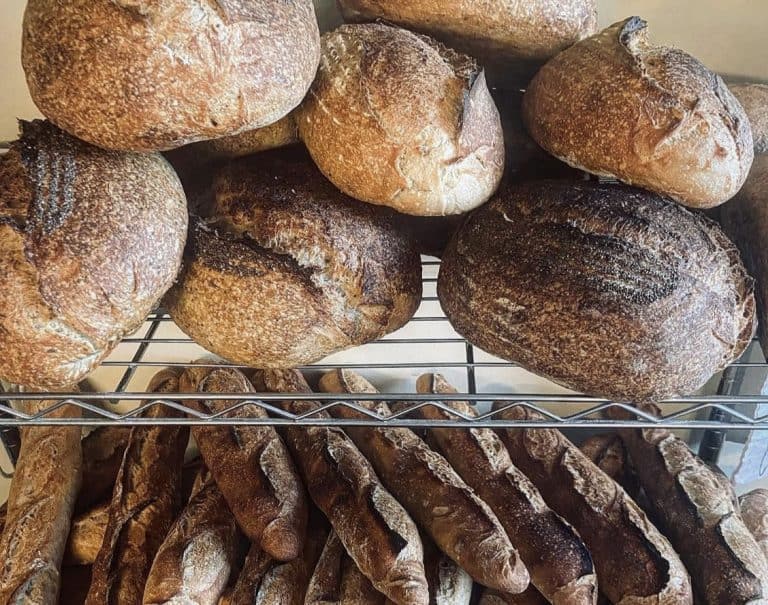 In Aprilia, a contemporary bakery has been born with French yeasts, baguettes, and ancient local breads
In Aprilia, a contemporary bakery has been born with French yeasts, baguettes, and ancient local breads In Modena, there is the world's best social restaurant. Here's what it is
In Modena, there is the world's best social restaurant. Here's what it is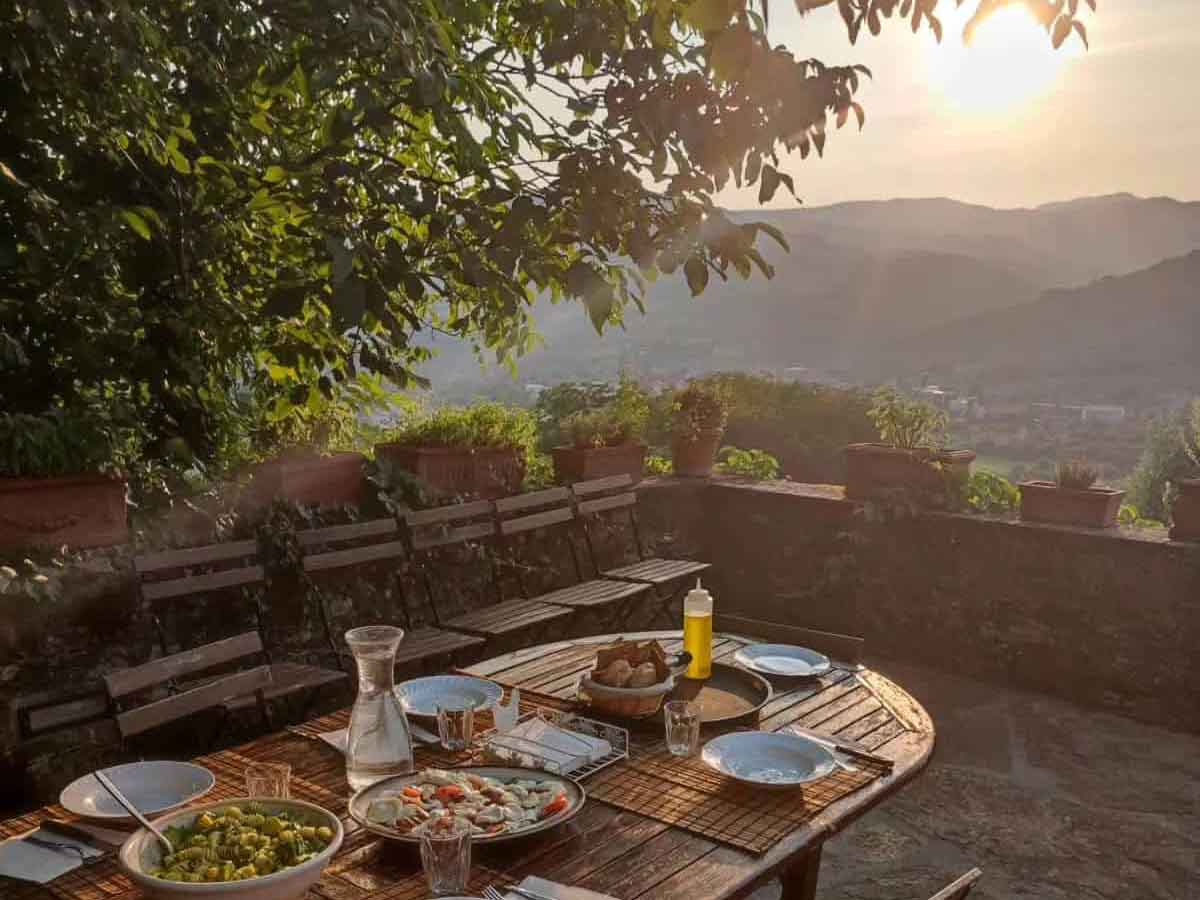 Where to eat in Florence and surroundings. The best farmhouses chosen by Gambero Rosso
Where to eat in Florence and surroundings. The best farmhouses chosen by Gambero Rosso